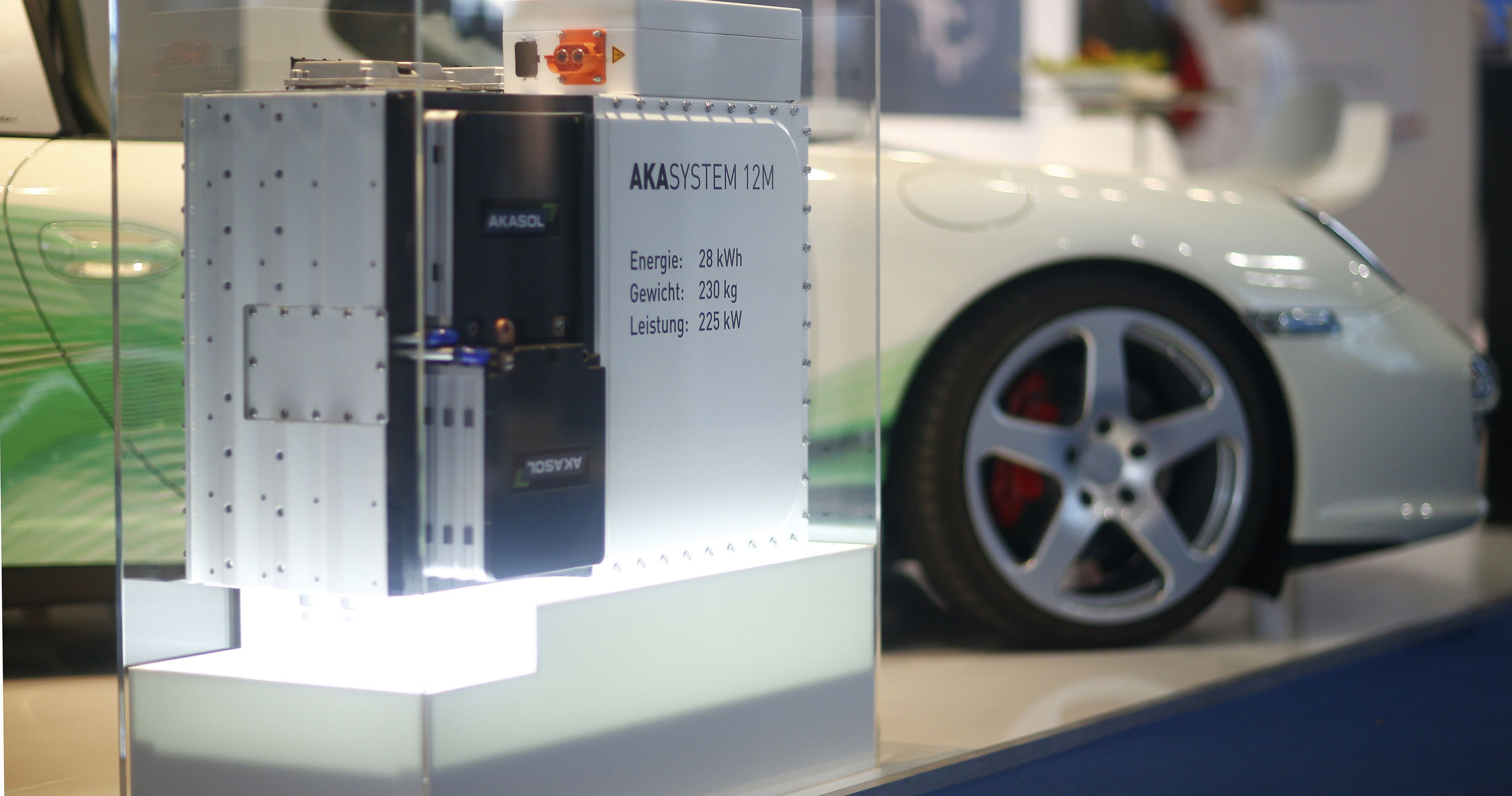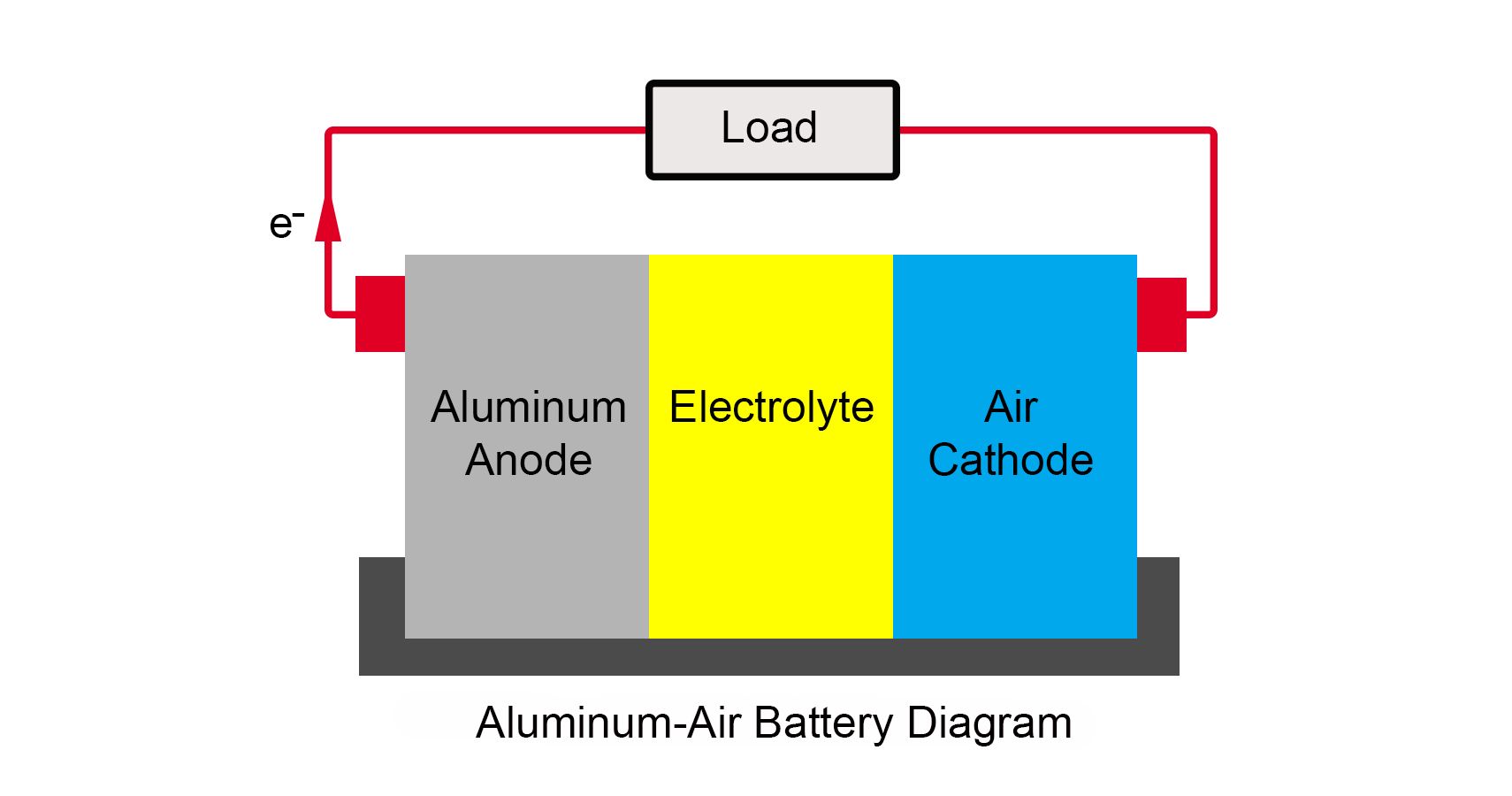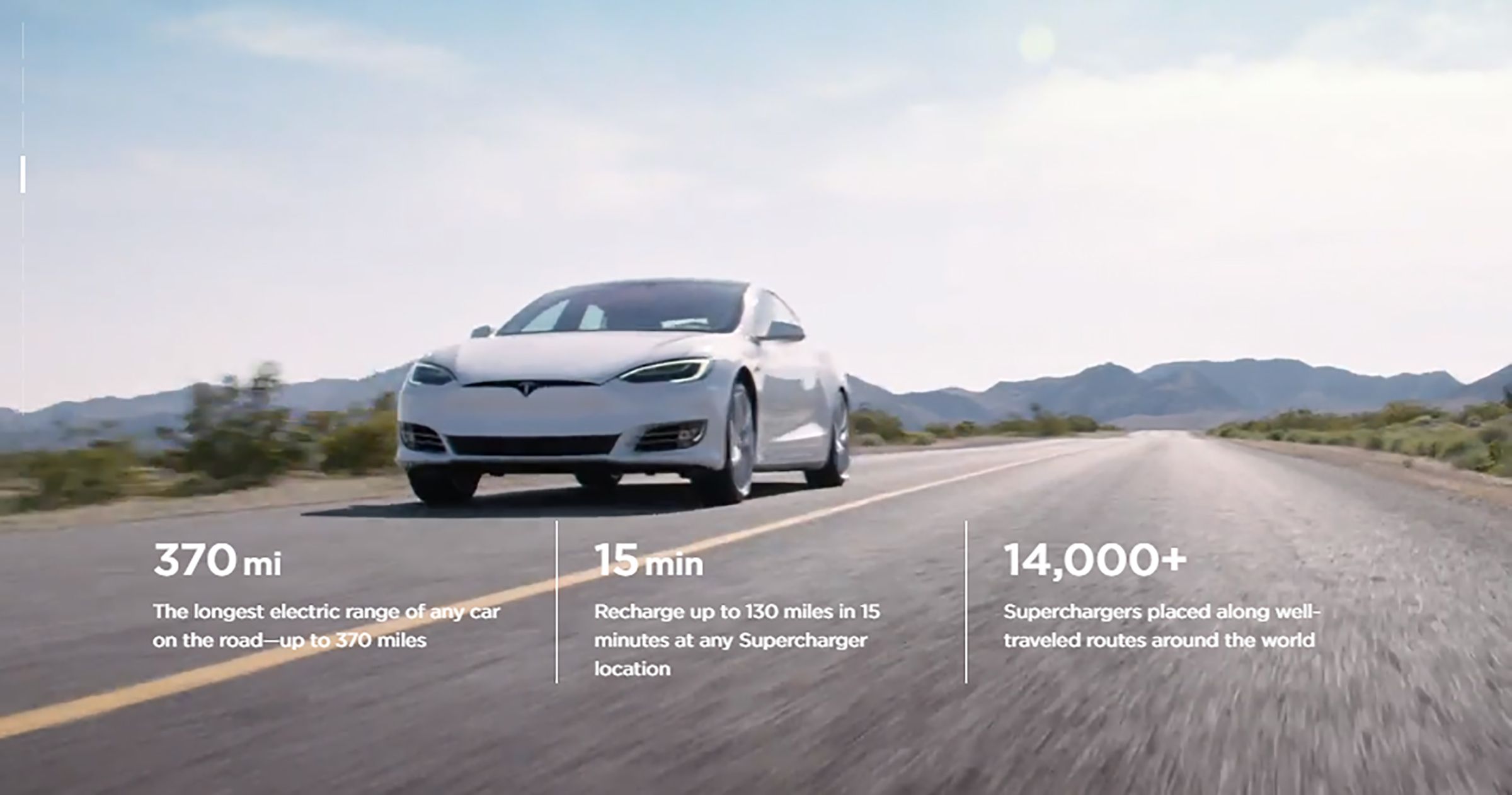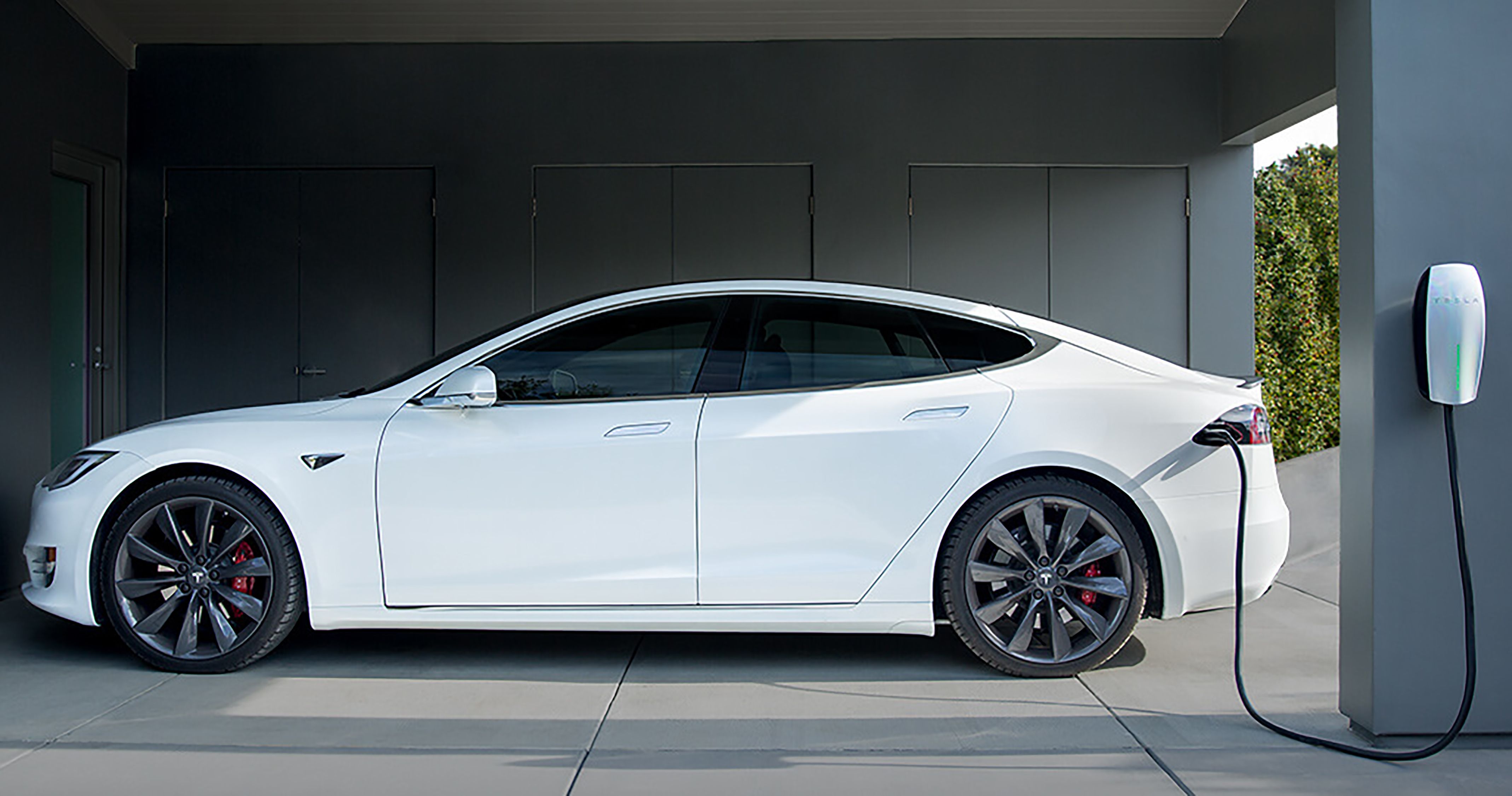Travelling up to 1,500 miles before stopping to recharge may seem like a thing of the future. But Trevor Jackson, an inventor from the United Kingdom, has supposedly come up with a ground-breaking invention that could change the landscape for electric vehicles sooner rather than later.
It may sound too good to be true, but Jackson of Devon, United Kingdom, has already inked a multi-million dollar deal with Austin Electric -- an Essex-based engineering firm that owns the rights to use the logo of the old Austin Motor Company -- to mass-manufacture his battery in-country.
Jackson’s invention uses aluminum and a unique electrolyte formula. Scientists in the 1960s found that by dipping aluminum into an electrolyte they could trigger a reaction and ultimately generate electricity. But since the electrolyte was both corrosive and poisonous, producing commercial batteries with these ingredients was rendered useless.
But Jackson claims his invention makes use of a new electrolyte formula that is neither corrosive nor poisonous. Furthermore, the electrolyte also works with much lower-purity aluminum, such as that found in a can of soda. Technically, Jackson’s invention is an aluminum-air fuel cell. Danny Corcoran, the chief executive of Austin Electric, calls Jackson’s invention a game-changer.
If successful, this new aluminum fuel cell could trigger a war with its lithium-ion counterpart. According to Jackson, a lithium-ion battery in a Tesla Model S costs nearly $39,000 (£30,000). His invention, meanwhile, costs just $6,500 (£5,000). After all, aluminum is the most abundant element on Earth, while lithium is pretty rare.
As per accredited tests, this new fuel cell -- pound for pound – generates nine times the energy that a lithium-ion battery can. A Tesla Model S currently boasts an electric range of 370 miles, but after that, its battery dies out. Jackson claims that a Tesla Model S powered by the same-sized fuel cell could travel up to 1,500 miles before needing to recharge, which is equivalent to a trip from Detroit to Miami with a hundred miles to spare. Jackson added that since aluminum-air fuel cells have greater density than lithium-ion batteries, they are also applicable to larger vehicles such as trucks and buses.
EVs powered by this invention don’t need to be recharged from a power source. While you need to wait for hours to fully recharge a battery, you only need 90 seconds to swap a fuel cell. Nonetheless, there is still a big need for a network of stores where a spent fuel cell can be swapped for a new one.
Again, Jackson’s aluminum-air fuel cell may sound too good to be true, but we are hoping it is!
(via Daily Mail)




